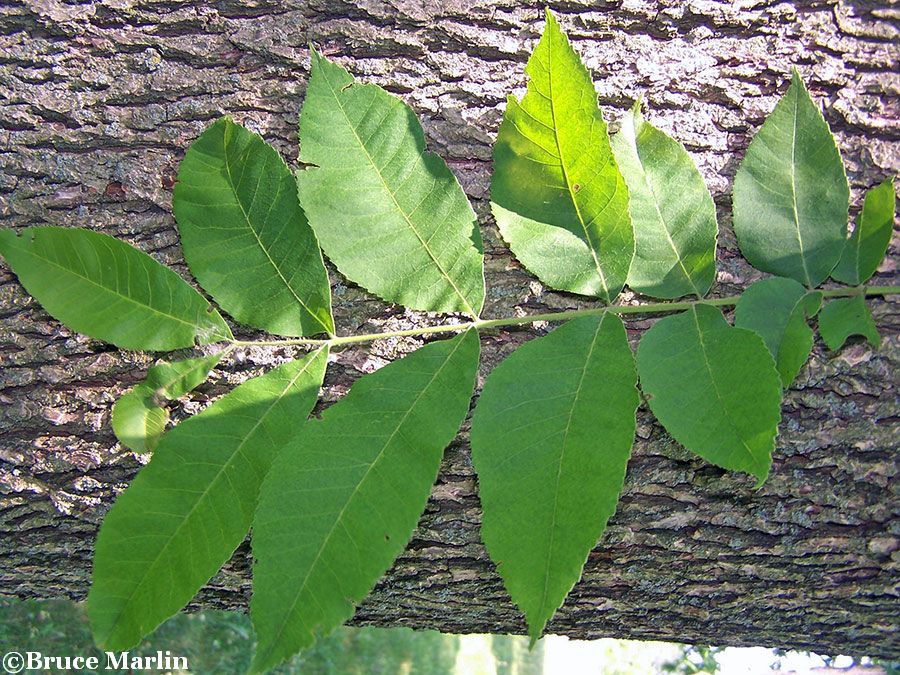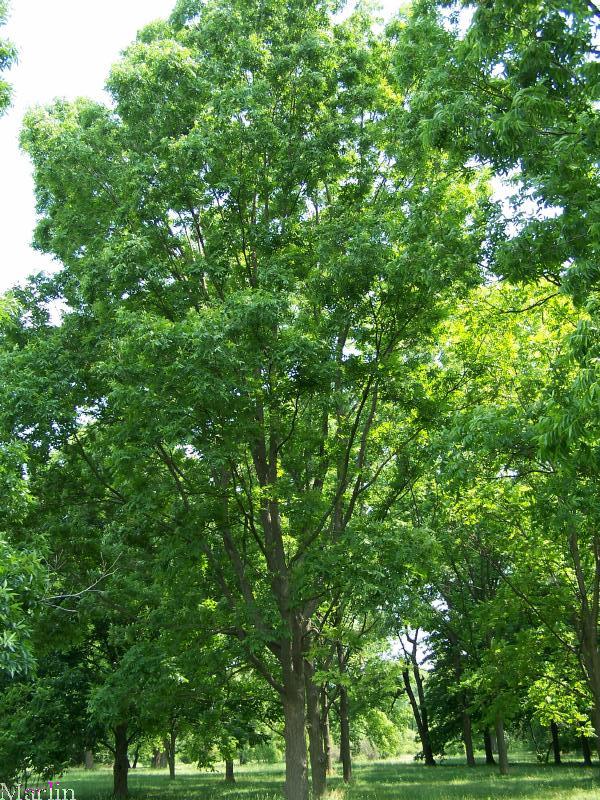Pecan – Carya illinoinensis

Pecan is one of the better-known hickories. It is also called sweet pecan and in its range where Spanish is spoken, nogal morado or nuez encarcelada. The early settlers who came to America found pecans growing over wide areas. These native pecans were and continue to be highly valued as sources of new varieties and as stock for selected clones. Besides the commercial edible nut that it produces, the pecan provides food for wildlife. Pecans are an excellent multipurpose tree for the home landscape by providing a source of nuts, furniture-grade wood, and esthetic value.

Pecan grows principally in the lower Mississippi Valley. Within this region it extends westward to eastern Kansas and central Texas, eastward to western Mississippi and western Tennessee. Sparse occurrence has been reported along the eastern margin of its range from western Ohio to Kentucky and Alabama. Pecan also grows throughout northeastern and central Mexico [2].

Sweet pecan grows commonly on well-drained loam soils which are not subject to prolonged flooding. However, it does appear on heavy textured soils, where it is limited to alluvial soils of recent origin. On such land forms its best development is on the ridges and well-drained flats. It rarely grows on low and poorly drained clay flats where it is replaced by water hickory (Carya aquatica). These soils are most commonly found in the orders Entisols, Inceptisols, and Alfisols. Pecan seedlings can survive short periods of flooding [2].
Improved cultivars are extensively grown in the United States and abroad for commercial nut production. Pecan nuts are eaten by a number of birds, fox and gray squirrels, opossums, raccoons, and peccaries. The demand for pecan wood has steadily increased in recent decades. It is used for furniture, cabinetry, paneling, pallets, and veneer. The wood has good machining properties, resembling those of true hickories [2].
References:
1. Pecan hickory, Morton Arboretum acc. 1082-39-3 photos by Bruce Marlin
2. USDA / Forest Service Agriculture Handbook 654, Silvics of Forest Trees of the United States, 1965
Family Fagaceae – Beech, Chinkapin and Oak
Trees Index | Pine Family | Beech, Oak | Nut Trees | Birch Family | Magnolias
Tree Encyclopedia / North American Insects & Spiders is dedicated to providing family-friendly educational
resources for our friends around the world through large images and macro photographs of flora and fauna.

